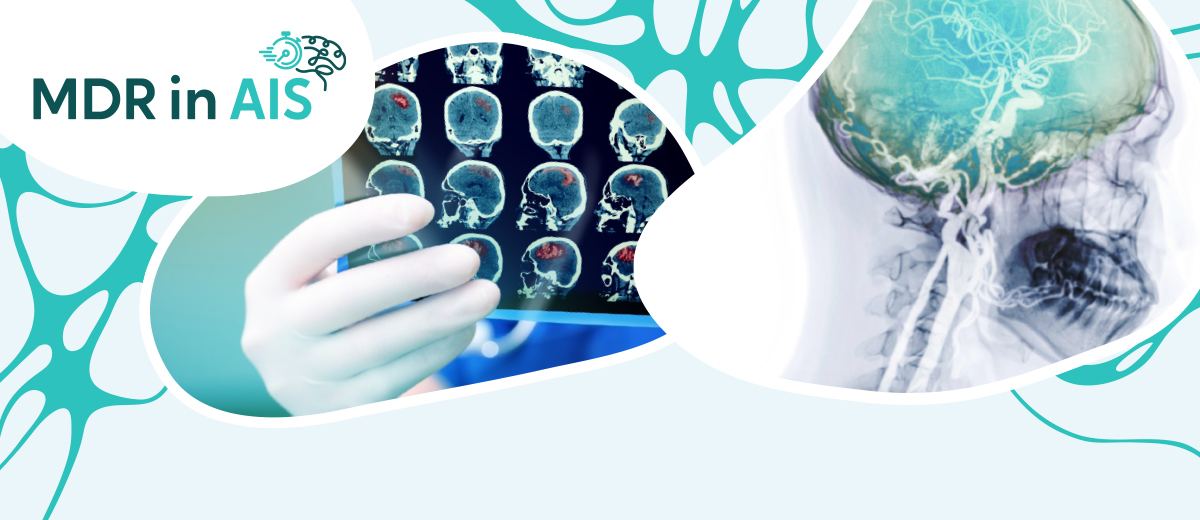
Optimizing In-Hospital Stroke Care: MDR in AIS Project Aims to Cut Door-to-Reperfusion Times for Faster Treatment and Better Outcomes
The MDR in AIS project aims to improve the in-hospital stroke care pathway for acute ischemic stroke (AIS) patients eligible for mechanical thrombectomy (MT) by reducing door-to-reperfusion (DTR) times. The main goals are to shorten the time from hospital arrival to reperfusion therapy and to evaluate the streamlined workflow’s efficacy and safety. The approach involves bypassing the emergency department (ED) and directly transferring eligible AIS patients to the Interventional Neuroradiology Unit, using telemedicine for real-time information sharing.
The project will compare DTR times between the current standard pathway (including ED admission) and the new approach. Clinical outcomes such as successful recanalization, 3-month functional independence, mortality, intracerebral hemorrhage rates, and procedural complications will be assessed. Conducted by an international consortium led by Siena University Hospital (AOUS) in Italy, the study involves multiple clinical settings, including South-East Tuscany, CHUV in Lausanne, and Fundación Pública Andaluza in Málaga.
This collaborative effort aims to provide insights into the streamlined pathway’s reproducibility and effectiveness across diverse healthcare settings. Data collection will include both retrospective and prospective studies, with Siena overseeing project execution and analysis. SYNYO GmbH (SYNYO) will contribute to research, project management, and dissemination.
Expected outcomes include a reduction of approximately 30 minutes in DTR times, leading to improved functional and technical outcomes for AIS patients eligible for MT. Safety outcomes are expected to remain comparable, with reduced hospitalization length and less pressure on CSC emergency departments. In conclusion, this study seeks to optimize the in-hospital stroke care pathway for AIS patients by minimizing DTR times, utilizing telemedicine, and implementing a streamlined workflow to improve clinical outcomes and resource utilization.
Consortium partners :
AZIENDA OSPEDALIERO UNIVERSITARIA SENESE: https://www.ao-siena.toscana.it/
USL TOSCANA SUD-EST: https://www.uslsudest.toscana.it/
CENTRE HOSPITALIER UNIVERSITAIRE VAUDOIS: https://www.chuv.ch/fr/chuv-home
Biomedical Research Institute of Malaga and Platform in Nanomedicine (IBIMA Plataforma BIONAND): https://ibima.eu/es/
Rīgas Stradiņa universitāte (Rīga Stradiņš University): https://www.rsu.lv/
SYNYO GmbH: https://www.synyo.com
